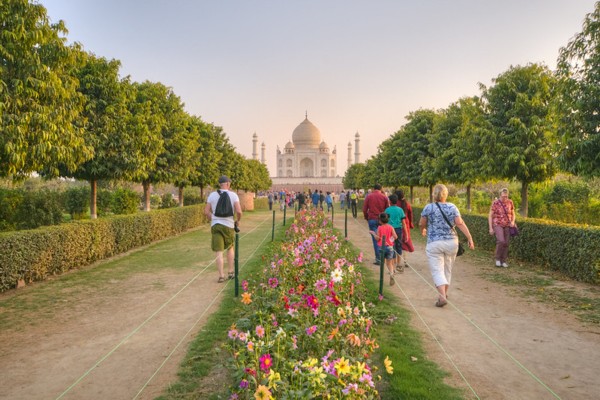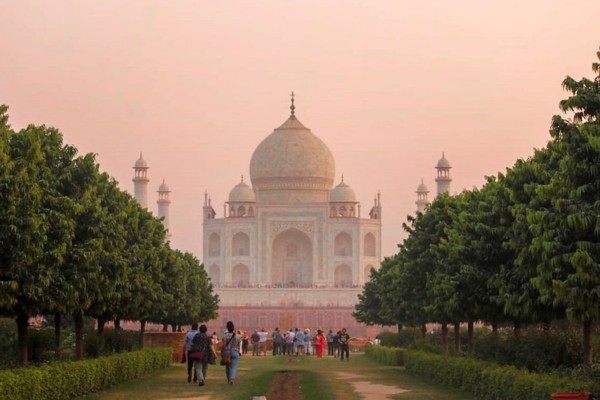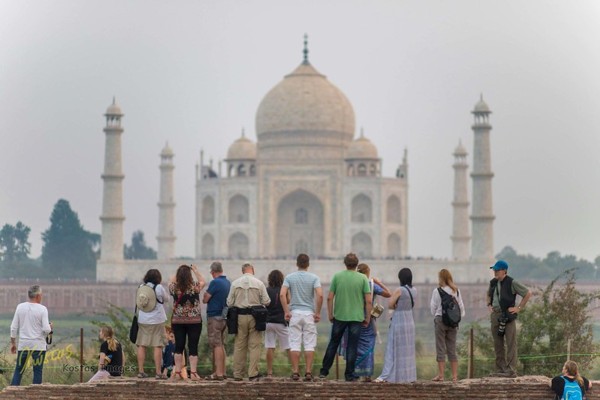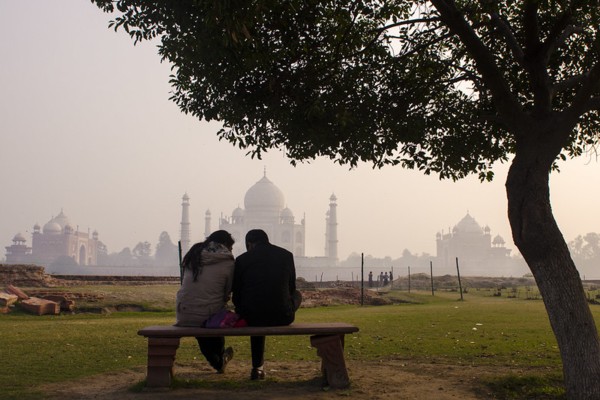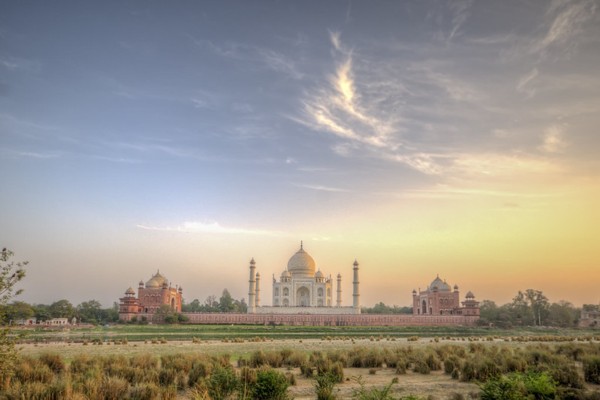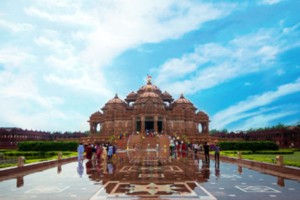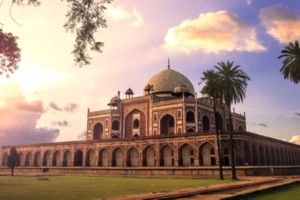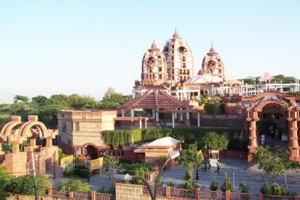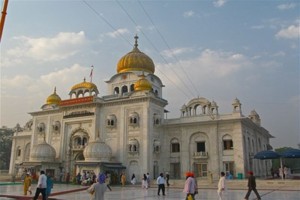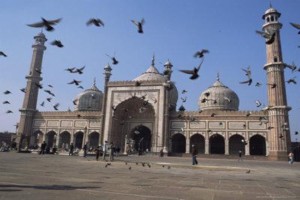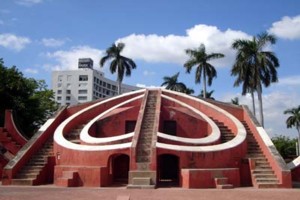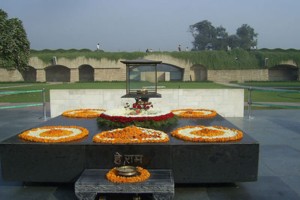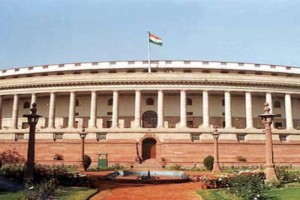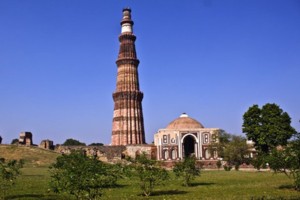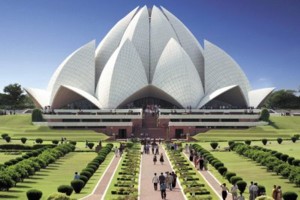
Jantar Mantar Travel Guide, Information, Tips and Best Information
Jantar Mantar built by Sawai Jai Singh II is an example of the scientific advancements of medieval India. Constructed in 1724, this structure lies at the heart of the city as a symbol of the technological strides of the Rajput dynasty. Jai Singh built four such observatories in Jaipur, Ujjain, Mathura and Varanasi.
During Muhammad Shah’s rule, the Hindu and Muslim astrologers were involved in an unending discussion about the planetary positions. They wanted to determine an auspicious hour for the king’s expedition. So Sawai Jai Singh decided to put an end to this issue by rectifying the astronomical tables.
This resulted in the construction of Jantar Mantar. So Jai Singh sent a mission to the King of Lisbon which brought back a telescope and an astronomer called Xavier De Silva. The Jantar Mantar in Delhi was set up inspired by the observatory in Samarkand.
There are different structures in different shapes in Jantar Mantar to measure the movement of the planetary bodies.
The vast red sloping structure in Jantar Mantar is the sundial or the Samrat Yantra. It is an equinoctial sun dial. The sundial cast the shadows which are used to calculate the time and the movement of planetary positions. The Misra Yantra can measure the shortest and longest day of the year. Besides this there is the Ram Yantra and the Jay Prakash Yantra meant to monitor the movement of celestial bodies.
The Jantar Mantar is therefore a reflection of the rational mind of Indians which developed years ago.
The history of Jantar Mantar traces the history of astronomical interest of India. The Jantar Mantar is an astronomical observatory in Delhi constructed by King Sawai Jai Singh II. Located in the bustling Sansad Marg, the Jantar Mantar is another example of the scientific achievements of ancient India.
Constructed in the year 1724, the observatory was the result of Sawai Jai Singh’s passion for astronomy related subjects. It was called the Yantra Mantra. Jai Singh built four other such observatories in Jaipur, Ujjain, Mathura and Varanasi.
Jantar Mantar was created to monitor movements of the celestial bodies. It consists of different abstract structures which were used to know the deepest secrets of the universe.
During the reign of Muhammad Shah, the Hindu and Muslim astrologers were involved in brainstorming debate about certain planetary positions. So to put an end to that and also to determine the most auspicious hour for the emperor’s expedition, Sawai Jai Singh decided to rectify the astronomical tables. This resulted in the construction of Jantar Mantar.
The vast red sloping structure in the Jantar Mantar is the sundial which is known as the Samrat Yantra. It is an equinoctial sun dial. The sundial casts the shadows to calculate the time and the movement of planetary positions. There is a Misra Yantra which has a number of functions and it can also measure the shortest and longest day of the year.
Package Enquiry
Please fill out this form and submit your enquiry. One of our travel experts will get in touch with you to provide you with more details of the trip, price offers etc, based on the information provided by you.
PLACES TO VISIT IN DELHI
If your plan is to visit Delhi during your holidays, it is good to know about tourist places near delhi

Photo
Gallery









